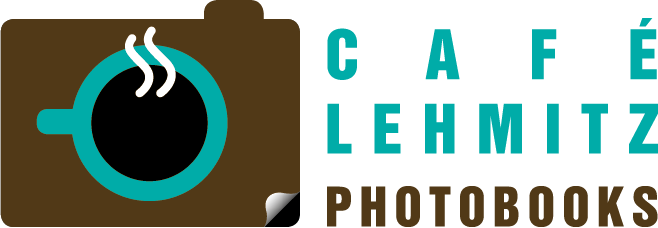"I was a witness and these pictures are my testimony. The events I recorded shall not be forgotten and shall not be repeated." (freely translated, James NACHTWEY)
About US-american photographer, James NACHTWEY (b. 1948 in Syracuse, New York).
James NACHTWEY is a war correspondent as well as a photojournalist and is one of the most important representatives of contemporary documentary photography, especially war photography. He studied art history and political science at Dartmouth College in New Hampshire from 1966 to 1970. Around 1972, influenced by the student movement and the Vietnam War, he decided to become a photographer and taught himself photography by studying photography books and darkroom work; photographers whose work he studied (and who probably influenced him) include Henri CARTIER-BRESSON, William Eugene SMITH, Josef KOUDELKA, and Don McCULLIN.
Photo books by as well as featuring work by James NACHTWEY.
- 'Deeds of War' (1989); 'Zeitblende. Fünf Jahrzehnte MAGNUM-Photographie' (1989); 'Ground Level' (1997); 'Civil Wars' (1999); 'Inferno' (1999, 2003); 'L'Occhio Testimone' (2001); 'Forgotten War' (2006); 'The Cruel Radiance: Photography and Political Violence' (2012, with research on works by Robert CAPA and Gilles PERESS); 'mono. Culture #37' (2014); 'Photo/graphy: On the Rhetoric of Medium and Image: with a Case Study of James Nachtwey' (2015); 'Memoria' (2017, 2019); 'Pietas' (2019);
further information on work and methodology
James NACHTWEY first photographed regional events in New Mexico starting in 1976; he then worked as a freelance photographer in New York starting in 1980. His first photo reportage was taken in Northern Ireland in 1981, where he documented the unrest in Belfast. Since that time, he has worked almost exclusively in the respective crisis areas of the world. In the 1980s he traveled as a documentary photographer to the Latin American countries of El Salvador, Nicaragua, Guatemala, Brazil and others, the Middle East (Lebanon, Israel), the occupied territories (West Bank), Kurdistan as well as Africa (Rwanda, Somalia, South Africa (1994) and others). This was followed by numerous trips to the territory of the former Soviet Union and the countries of the Eastern Bloc such as Bosnia and Herzegovina, Romania and Chechnya. He documented the war in Afghanistan in 1996, and in Asia (Indonesia, Thailand, India, Sri Lanka, the Philippines, South Korea, etc.) he produced reports on the poverty and living conditions of the people living there. Between 1986 and 2001, James NACHTWEY was a member of the Magnum photo agency; from 2001, he worked for the VII agency, of which he is a founding member, but which he left in 2011. As an eyewitness to the terrorist attacks on New York's World Trade Center on September 11, 2001, the Brooklyn-based photographer accompanied the collapses of the towers and the rescue work at Ground Zero with his camera. James NACHTWEY photographs according to the maxim of being as close to the subject as possible. His methodology has changed over time; in the 1980s he tried to find archetypal single images that could compress complex events into a single image. Today, by contrast, he works mainly in series that also show context, and only rarely in single images.

 Deutsch
Deutsch
 English
English